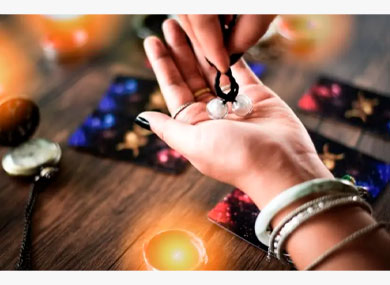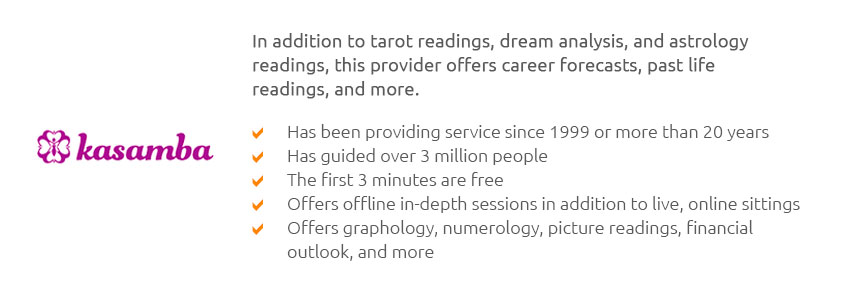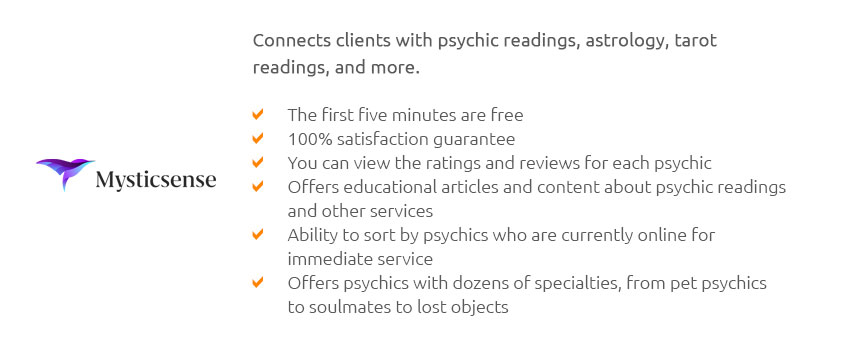 |
 |
 |
|---|
 |
 |
|---|
 |
|
|---|---|
 |
 |
 |
 |
 |
 |
 |
 |
 |
 |
 |
 |
|---|
Are Tarot Readings True?The enigmatic world of tarot readings has long intrigued both skeptics and believers alike, posing the perennial question: Are tarot readings true? Delving into this topic requires an exploration of the intricate tapestry woven by history, belief systems, and personal experiences. Tarot cards, with their richly adorned imagery, have been used for centuries as a tool for divination, offering insights and guidance through the seemingly mystical interplay of archetypes and symbols. Yet, the validity of these readings often remains a subject of heated debate. To begin with, let's consider the perspective of the believers. For many, tarot readings provide a profound sense of clarity and introspection. They argue that the cards act as a mirror, reflecting one's subconscious thoughts and emotions, thus facilitating a deeper understanding of oneself. This introspective process can be therapeutic, akin to a form of meditation or self-reflection. Furthermore, those who advocate for the efficacy of tarot readings often highlight the uncanny accuracy with which the cards can reveal truths about personal circumstances, guiding individuals through life's complexities. They suggest that the synchronicity of drawing particular cards is not merely coincidental but rather a manifestation of the universe's interconnectedness. On the contrary, skeptics question the legitimacy of tarot readings, often attributing their perceived accuracy to the phenomenon of the confirmation bias. This cognitive bias leads individuals to favor information that confirms their pre-existing beliefs or hypotheses, thus casting doubt on the objectivity of tarot readings. Critics argue that the interpretations of the cards are deliberately broad and vague, allowing individuals to project their own meanings onto the readings, thereby creating the illusion of accuracy. Additionally, they point out that there is no empirical evidence supporting the notion that tarot cards possess any intrinsic predictive power. The historical context of tarot cards also adds layers to this discourse. Originating in the 15th century as playing cards in Europe, tarot decks gradually evolved into tools for divination by the 18th century. This evolution reflects a broader human tendency to seek meaning and order in the midst of uncertainty. The enduring popularity of tarot readings might also be attributed to their adaptability; practitioners can mold interpretations to suit contemporary contexts, thereby maintaining their relevance in a rapidly changing world. Moreover, the communal aspect of tarot readings cannot be overlooked. For some, the act of consulting a tarot reader is a ritualistic experience, fostering a sense of connection and shared humanity. The reader, often perceived as a wise guide, facilitates a dialogue that can be both comforting and enlightening. This relational dynamic is a significant draw for those who participate in tarot readings, irrespective of whether they believe in their predictive capabilities. In conclusion, the question of whether tarot readings are true is as much about personal belief as it is about empirical evidence. For some, the truth of tarot lies in its symbolic resonance and the personal insights it can unveil. For others, the lack of scientific validation renders it a mere curiosity or entertainment. Ultimately, tarot readings occupy a unique space where mysticism meets introspection, offering a window into the psyche for those willing to peer through. Whether one views them as profound truths or entertaining diversions, tarot readings continue to captivate, inviting us to ponder the mysteries of fate, intuition, and the human experience. https://www.youtube.com/watch?v=yyZaImDb3Es&pp=ygUNI3Rhcm90Y2xpZW50cw%3D%3D
Reviewing my tarot card reading one year later... was it accurate? Let's find out! AD - Thank you Squarespace for sponsoring a portion of ... https://houseofcoco.net/8-interesting-facts-to-know-about-psychic-and-tarot-readings/
Tarot readings are a spiritual practice that can be used for good. They can help you gain clarity on your life path and make choices that are in alignment with ... https://www.thetarotforum.com/forums/topic/16218-how-reliable-are-pick-a-card-tarot-readings/
If the cards feel meaningless, I'm not sure a pick-a-card reading would have much real relevance either - why would it be any more of a ...
|
|---|